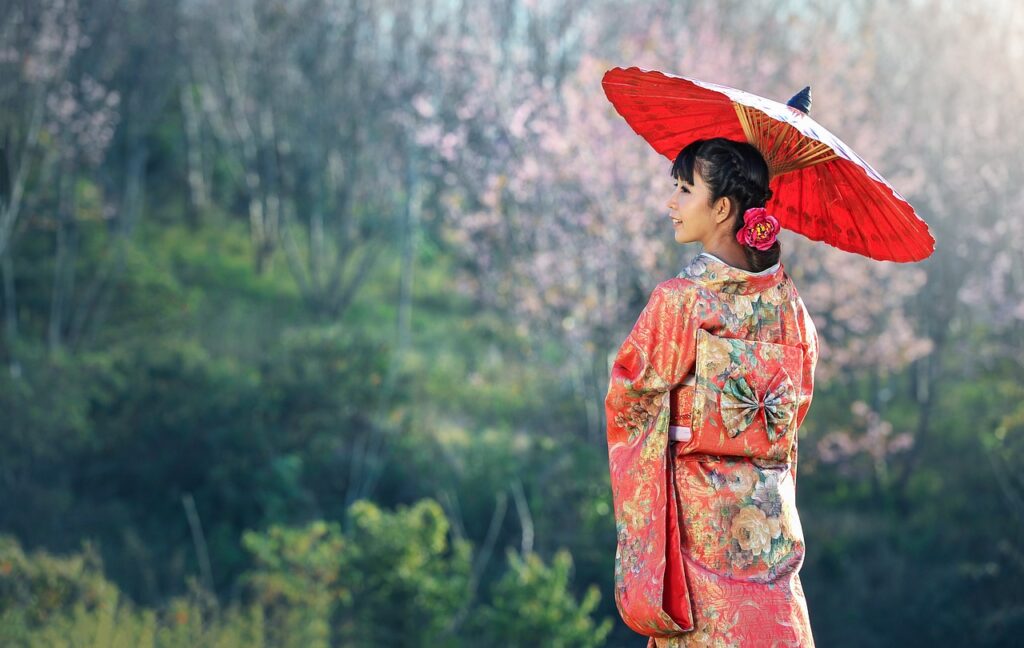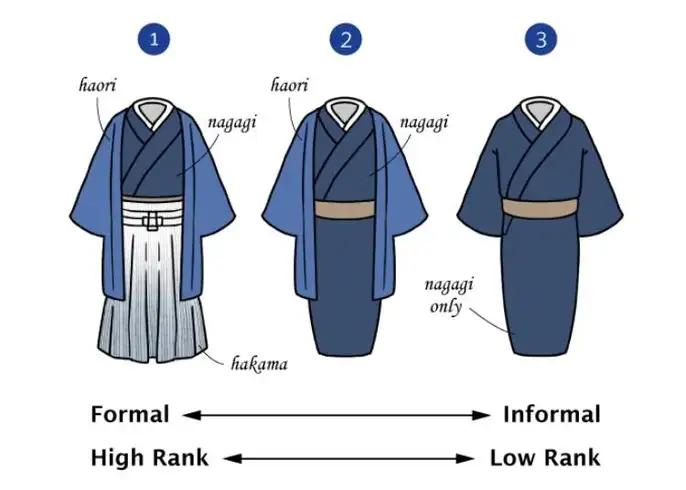
In a world in which rapid style frequently overshadows conventional craftsmanship, the kimono stands as a beacon of cultural history and undying beauty. Kimono These iconic garments are more than just garb; they may be a party of Japanese artistry and history. Kimono From formal ceremonies to modern-style runways, kimonos have advanced while preserving their deep-rooted importance.
Table of Contents
What is a Kimono?
A kimono is a traditional Japanese garment characterized by its lengthy sleeves, wrap-around design, and intricate styles. Historically, kimonos have been worn by every man and woman; every style is non-public because of this motive. Each occasion has a kimono, whether a formal event or a casual day experience.
The Cultural Significance of Kimonos

A Journey Through History
Kimonos have been an essential part of Japanese culture for over 1000 years. Originally inspired by Chinese fashion, the kimono has evolved into a uniquely Japanese garment rich in symbolism and lifestyle.
Symbols and Stories
Every kimono tells a story through its colors, styles, and designs. For instance:
Furisode: These kimonos, worn by young ladies throughout tremendous life events, feature lengthy, flowing sleeves and vibrant shades.
Hakama: Traditionally worn with the aid of men and women all through ceremonies, those are paired with tremendous-legged trousers.
Yukata: A casual, lightweight kimono regularly worn throughout summer season gala’s.
Each element, from the choice of cloth to the type of obi (belt), shows the wearer’s social reputation, age, and the occasion.
The Art of Kimono Making
Crafting a kimono is an artwork shape that calls for a meticulous hobby of detail. Traditional kimonos are often hand-sewn and dyed using age-vintage strategies. Kimono The machine can take numerous months, with artisans pouring their talents and passion into every sewing. Kimono This craftsmanship is what makes each kimono a very particular work of artwork.
Modern Adaptations in Fashion

From Tradition to Trend
Kimonos are making a fashionable comeback in contemporary style. Designers are blending traditional elements with modern aesthetics, developing versatile pieces that may be worn in numerous settings.
Versatility and Style
Modern kimonos are tailored as informal outerwear, frequently layered over jeans and t-shirts. Key traits embody:
Kimono Cardigans: Lightweight and ideal for layering.
Kimono Robes: Luxurious and snug, ideal for relaxed settings.
Reversible Designs: Offering two in a single quality for the fashion-ahead character.
These variations make kimonos handy to a broader target market, blending the beauty of culture with the capability of the current style.
Types of Kimonos

Formal Kimonos
Tomesode: Worn by using the manner of married ladies, frequently offering stylish, subdued styles.
Homongi: Suitable for married and unmarried women, characterized by continuous styles throughout the seams.
Casual Kimonos
Komon: Featuring small, repeated patterns that are satisfactory for informal outings.
Iromuji: Solid-colored kimonos, often worn for tea ceremonies.
The Sustainability Aspect
For those obsessed with sustainable fashion, kimonos provide a truly perfect combination of lifestyle and eco-interest. Many kimonos are made using natural dyes and materials, and their timeless design ensures they may be worn for years, decreasing the need for regular dresser updates.
Conclusion
Kimono Whether you are a cultural explorer, a sustainable style advocate, or someone who is actually looking to refine your personal style, kimonos provide something for everyone. They are a testament to the beauty of Japanese tradition and craftsmanship and the seamless fusion of subculture and modernity.
FAQs
1. What events are kimonos typically worn for?
Kimonos are worn for numerous activities, such as conventional ceremonies, weddings, tea ceremonies, and cultural galas. Thanks to trendy variations, they are also increasingly worn in casual settings.
2. Are kimonos appropriate for all body types?
Absolutely! Kimonos are designed to be bendy, with their wrap-spherical design ensuring a relaxing, wholesome fit for specific body types. The free design enhances mobility and presents a flattering silhouette.
3. How do I deal with a kimono?
Caring for a kimono entails mild care. It’s usually advocated to dry them easily to preserve the cloth and dye integrity. If necessary, spot cleaning with a damp cloth may be performed for minor stains.
4. Can men put on kimonos?
Yes, men can wear kimonos. Numerous styles are specially designed for men, including the yukata and hakama, which have lovely conventional meanings and are worn throughout extraordinary activities.
5.What ought I wear beneath a kimono?
Typically, kimono wearers choose to put on a simple undergarment known as a ‘juban’ below their kimono. This allows them to protect the kimono cloth and ensures comfort while sporting it.
6. How do present-day kimonos range from traditional ones?
Modern kimonos regularly integrate modern fabric and designs, considering a more comfortable suit and informal style. They may also encompass abilities like shorter sleeves, lighter materials, and adaptable patterns appropriate for regular wear.






